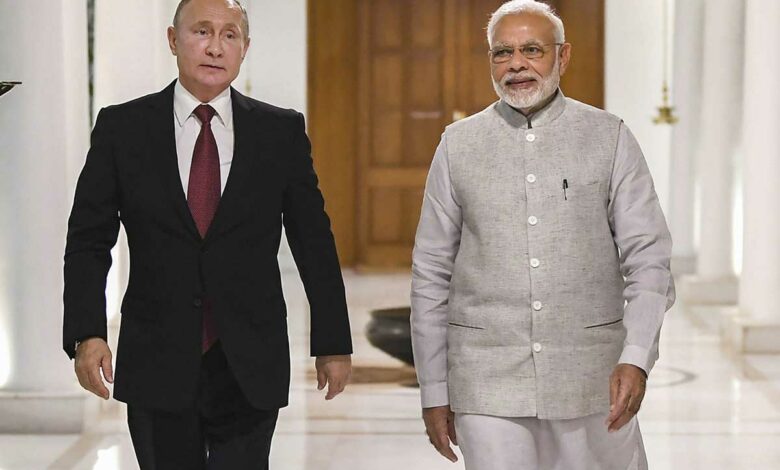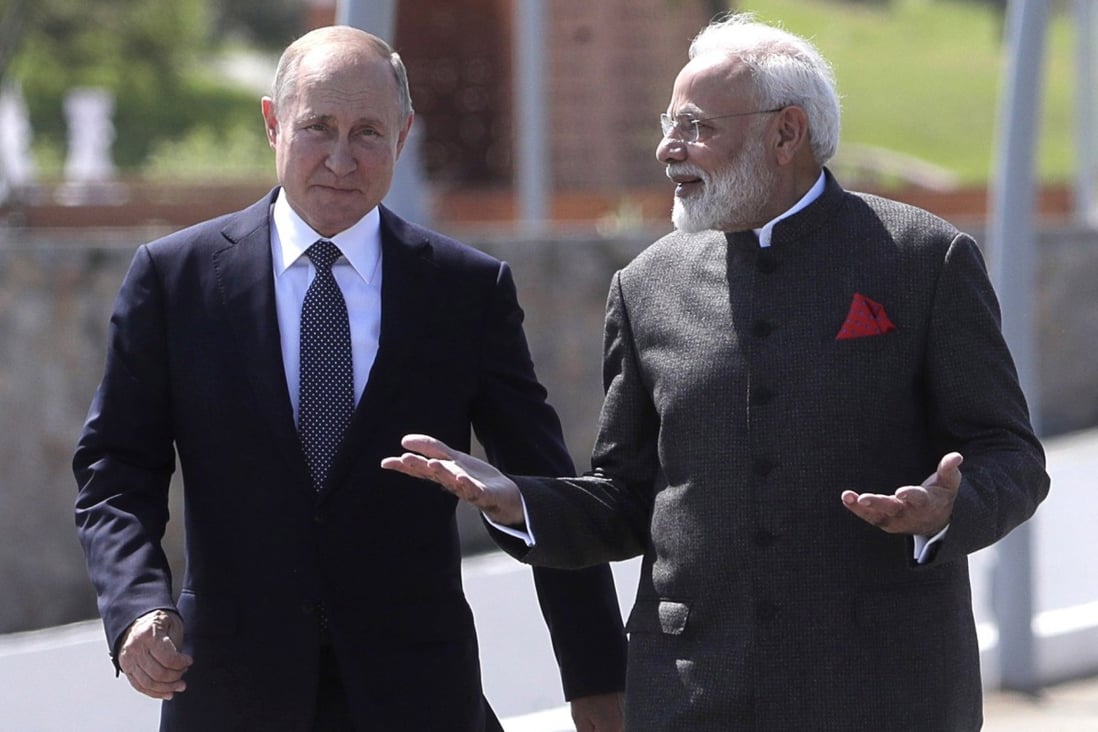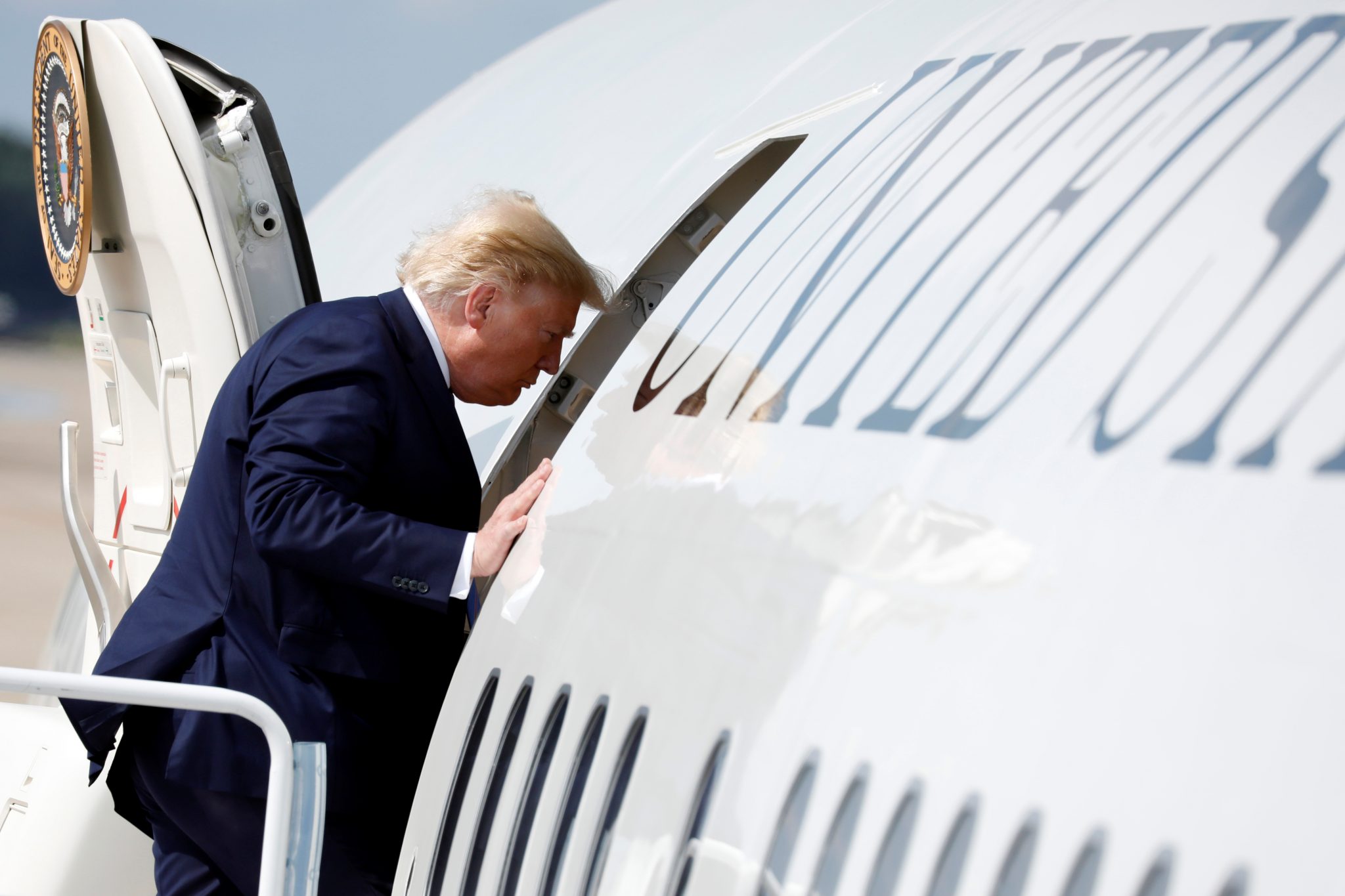December 6, World politics and the visit of Russian President Vladimir Putin to India.

It always fills one with nostalgia when Russian presidents visit India. Since the Cold War era, Moscow and Delhi have had a strong relationship.
When Russian President Vladimir Putin and Indian Prime Minister Narendra Modi meet in Delhi on Monday, they have high expectations for this “all-weather” partnership.
However, the two countries politics will also have to overcome severe challenges beyond the big-ticket defence deals, trade announcements, handshakes, and Mr Modi’s trademark hugs.
That’s mainly because of each country’s different choices in recent months and years in terms of geopolitics. How each country addresses, these issues will impact regional and international politics.
Politic Relationship between India and the United States, and China

Delhi-Moscow ties have tended to be irritated by growing India-US relations, especially in the past decade. Donald Trump even attended an event for Modi when he visited India in 2020. This was Washington’s way of showing its support for Modi.
Despite its deteriorating relationship with Washington, Moscow largely ignored such irritants. When India joined the Quad alliance – comprising the United States, Japan and Australia – Russian Foreign Minister Sergei Lavrov chose to speak openly. Even though Mr Lavrov disagreed with the group, the alliance was described as non-military and not aimed at any specific country.
He said that the West is encouraging Indo-Pacific strategies to engage India in anti-China games. Anil Trigunayat, a former Indian diplomat who served in Moscow, says that the Quad is a red line for Russia. It will undoubtedly come up during the two leaders’ discussion.
In recent years, Beijing’s growing relations with Moscow may explain Moscow’s concern about the Quad. As the US-led West also strives to dominate the region, Mr Trigunayat adds that Russia has been forced to forge closer ties with China to preserve its geopolitical and economic interests.
As China’s relations with the US deteriorate, Beijing and Moscow appear to be moving closer together.
Further complicating matters, India and China have recently had tense relations after 20 Indian soldiers died in a clash with clubs and stones in Ladakh’s Galwan Valley. Later, China acknowledged that some of its soldiers were also killed.
Wilson Center deputy director Michael Kugelman says the new geopolitical realities may threaten India-Russia relations.
The special relationship needs to be maintained that Mr Putin visits. According to Mr Kugelman, “in this case, the objective for Russia is to strengthen its relationship with New Delhi despite the geopolitical signs suggesting otherwise.”
The two countries’ relationships are strong enough to address each other’s concerns, say analysts Kugleman and Trigunayat.
Several areas exist for cooperation between the countries – Afghanistan is one of them.
This will most certainly be discussed for Delhi to remain relevant in Afghanistan. Having formed an informal alliance with Russia, Iran, and China, Pakistan, India’s neighbour and archrival, now has better strategic depth in Afghanistan.
Delhi and Moscow have shared concerns about Afghanistan’s future, so Moscow can assist Delhi in recovering lost ground.
In regards to Afghanistan, India and Russia in regards to Afghanistan, notes Derek Grossman, a senior defence analyst for RAND Corporation think-tank. “Both Russia and India are wary of the Taliban and the Haqqani Network, and the potential for terrorism to originate from Afghanistan and impact their countries,” says Grossman.
Russian and Indian political leaders already collaborate in several multilateral forums, including Brics (involving Brazil, China, and South Africa), SRO (involving China, Pakistan, and Central Asian countries), and the RIC (involving Russia, India, and China).
Moscow and Delhi have a chance to work together closely on both bilateral and global issues through these forums. Beijing and New Delhi can engage with each other to maintain peace at their disputed border, even if it’s done in secret since China is a member of these forums.
Defending and trading
India is expected to receive the Russian-made S-400 missile defence system during the visit. Surface-to-air defence systems are among the most sophisticated in the world. Using two missiles, it can shoot down up to 80 targets simultaneously, covering a range of 400 km (248 miles).

Despite US sanctions, India went ahead with the order since the system provides it with strategic deterrence against China and Pakistan.
Washington has sanctioned several Russian companies. A bill called Countering America’s Adversaries Through Sanctions Act (Caatsa) sought to implement economic and political sanctions against Russia, Iran, and North Korea in 2017. The law also prohibited the signing of defence deals with these countries. Moscow appears happy with Delhi’s position despite the value-creating tensions between the US and India.
With the S-400 deal hanging over India’s head, it will be interesting to see how it balances its ties with the two superpowers. Diplomats say India should respect the US’s “strategic autonomy” by buying the S-400. India’s large defence budget is also one of India’s strategic advantages, Trigunayat adds. Moscow and Delhi are both examples of transactional relationships, he adds.
The defence think-tank Sipri reports that India accounts for about 10% of global defence trade. As a result of India’s decision to diversify its portfolio and boost domestic defence manufacturing, Moscow continues to be India’s largest arms supplier, even though its share has declined from 70% to 49%.
From 2011 to 2015, the US was India’s second-largest supplier, behind only Russia, but in 2016 and 2021, it lost market share to France and Israel. Analysts say that is good news for India.
Monday, Russia may announce a significant defence export agreement. Despite the minimal trade between the two countries, it appears they have not yet reached their full potential. According to a report from the Indian government, bilateral trade in 2019 (pre-pandemic levels) was $11bn, with $7.24bn in goods and services exported by Russia. Comparatively, India and the US traded $146 billion in goods and services during the same period.
By 2025, Russia and India want to reach $30 billion in bilateral trade. Both countries want to diversify their portfolios and look beyond energy and minerals. Some of the other areas they are likely to focus on include education, cyber security, agriculture, railways, pharmaceuticals, and clean energy.
Indian companies investing in Russia’s Far East will benefit from India’s $1 billion lines of credit for investing in the region. Maritime corridors connecting Chennai and Vladivostok are expected to be discussed as well. Business opportunities are expected to be created.
Furthermore, India and the Russian-led Eurasian Economic Union will conclude a free trade agreement. It will facilitate trade between the two regions if the deal is successful.
In the long term, trade and defence deals will resolve the geopolitical differences between the two nations, Kugelman says.
edited and proofread by nikita sharma




